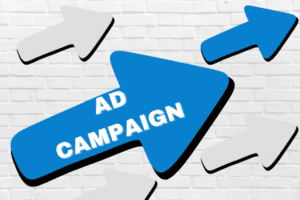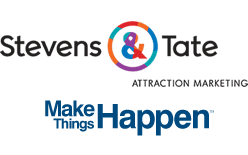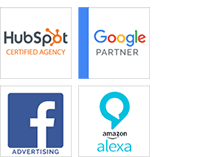
How to Gather Meaningful Senior Living Testimonials
Testimonials are a powerful marketing tool for senior living communities. Prospective residents and their families rely on real experiences to guide their decision-making. However, obtaining authentic and impactful testimonials requires a thoughtful approach. Here are some effective ways to gather senior living testimonials that will showcase the value of your community.
-
Ask at the Right Moment
The best time to request a testimonial is when a resident or family member expresses gratitude. This could be after a successful move-in, a positive care experience, or an enjoyable community event. Train staff to recognize these moments and gently ask for feedback.
-
Offer Multiple Formats

Not everyone is comfortable writing a testimonial. Offer different ways for people to share their thoughts, such as:
-
- Written testimonials (short quotes or full stories)
- Video testimonials (interviews or candid moments)
- Audio recordings (for those who prefer speaking over writing)
- Social media comments (repurposed with permission)
Read More:
Innovative Video Strategies to Transform Your Senior Living Marketing
-
Host a “Share Your Story” Day
Organize a dedicated day where residents and family members can share their experiences in a comfortable setting. Set up a quiet, well-lit space with a camera and microphone to capture their stories in a natural way.
-
Use Surveys and Feedback Forms

Include a space for testimonials in your regular satisfaction surveys. A simple prompt like, “Would you be willing to share your experience with others?” can encourage participation.
-
Leverage Online Reviews
Encourage residents and families to leave reviews on Google, Facebook, and senior living directories like A Place for Mom or Caring.com. Highlight positive reviews in your marketing materials.
-
Showcase Success Stories
Feature resident spotlights in newsletters, on your website, or in video testimonials. Stories about how the community has improved someone’s life are especially compelling.
-
Incentivize Participation
While you can’t (and shouldn’t) pay for testimonials, offering a small token of appreciation—like a featured spotlight in your newsletter, a community recognition board, or a thank-you gift—can encourage participation.
-
Make It Easy
Provide a simple testimonial request form on your website, send out an email with a direct link, or have staff assist residents in writing or recording their feedback. The easier it is, the more likely they’ll participate.
-
Obtain Proper Permissions
Ensure you have written consent before using any testimonial. A simple release form can protect your community while giving residents and families control over how their words are shared.
-
Follow Up and Show Appreciation
Always thank residents and families for their testimonials. Let them know how their words help others make informed decisions. Consider featuring their testimonials in a “Wall of Gratitude” or a special event honoring their contributions.
Authentic senior living testimonials provide social proof and give prospective residents and their families confidence in your community. By asking at the right time, offering different formats, and making it easy to share, you can build a strong library of impactful testimonials that enhance your marketing efforts.
Also Read:


























